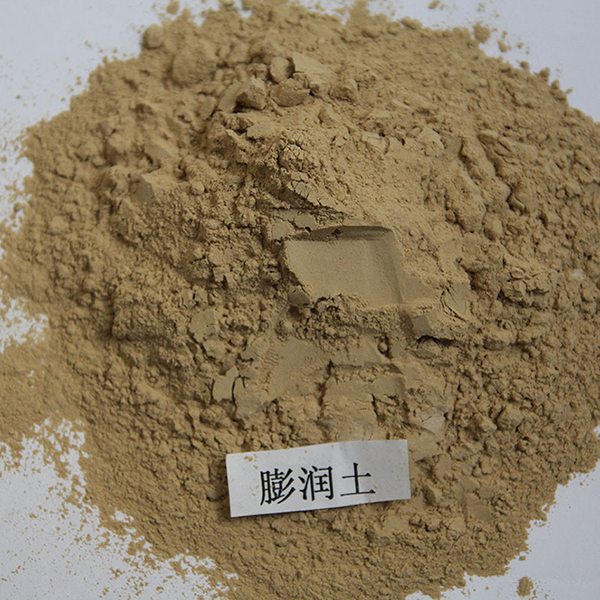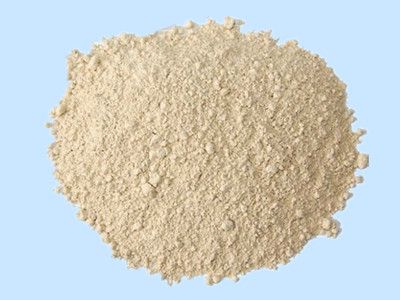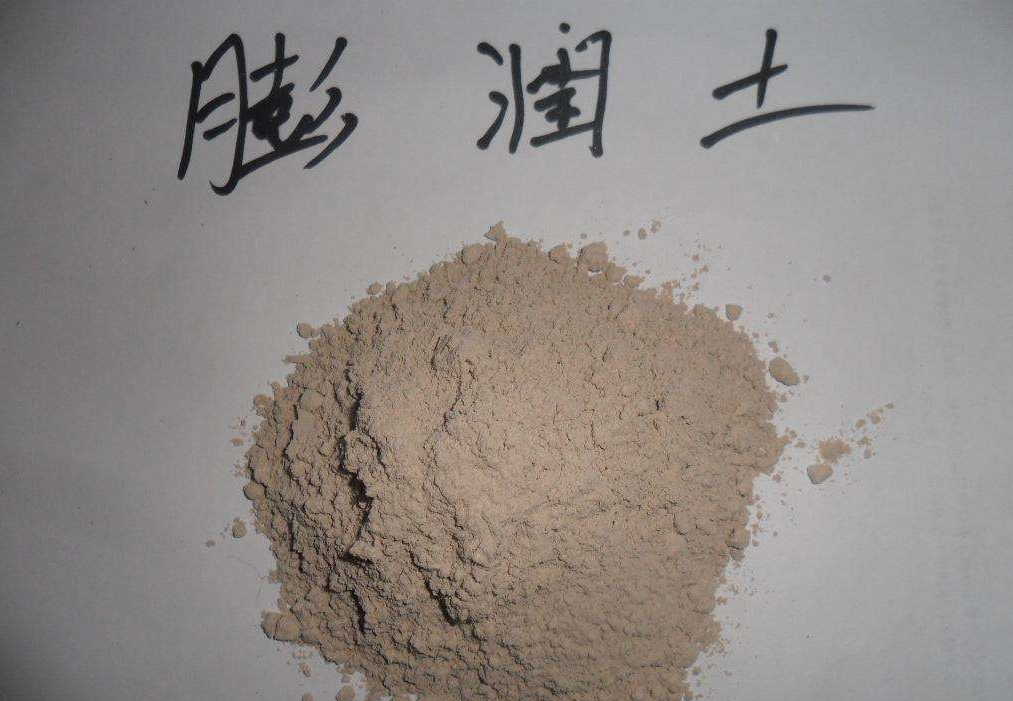Due to structural factors, the inner surface area of natural bentonite is relatively large, and the inner surface brings huge internal surface energy, giving it good adsorption capacity. Although bentonite has good adsorption performance, under unmodified conditions, when natural bentonite is in water, the interlayer ions will undergo a hydrolysis reaction, reducing its adsorption capacity, which limits the application of bentonite in pollution treatment. Therefore, there are It is necessary to modify the bentonite.
1. Bentonite modification technology
(1) High temperature modification
Natural bentoniteThe water film on the surface hinders the adsorption of pollutants. After high-temperature roasting, various forms of pollutants exist inside the bentonite. The water will evaporate and take away some impurities, which expands the bentonite spatial structure and opens the internal pores, creating space for the adsorption of pollutants. However, when the roasting temperature is too high, the high temperature will damage the bentonite structure, reduce its porosity and reduce its adsorption performance.
(2) Ultrasonic modification
Short-time ultrasound will loosen the bentonite structure, increase the interlayer spacing, and make it easier for harmful heavy metal ions to enter; long-term ultrasound will cause Si- on the surface of the bentonite crystal lamellae. The O-Si bond changes, increasing the contact opportunities between metal ions and aluminum oxygen sites on the surface of bentonite, which enhances the specific adsorption of metal ions by bentonite.

(3) Metal modification and magnetic modification
Common metal modifications are Fe and La, among which lanthanum-modified bentonite (LMB) is an adsorbent widely used in phosphorus treatment. With the development of technology, metal ions no longer function simply as metal modifiers, but are embedded in bentonite as magnetic agents.
(4) Acid modification
The interlayer ions of bentonite are originally Na+, Ca2+, Mg2+, Al3+, etc. Acid modification is to soak the bentonite with acid to precipitate interlayer cations and clear the pores between bentonite , making it easier for the adsorbate to diffuse internally. At the same time, H+ enters the interlayer of bentonite, replaces the original ions, weakens the interlayer force of bentonite, and increases the cation exchange capacity (CEC) and adsorption capacity.

(5) Organic modification
Due to the presence of interlayer ions, natural bentonite is hydrophilic and is not conducive to the adsorption of organic pollutants. Organic modification is to use functional groups or organic matter in organic matter to replace the cations of the bentonite layer. This not only transforms the modified bentonite into lipophilic and hydrophobic, but also increases the interlayer spacing, enhances the dirt-holding capacity and ion exchange. ability. According to the principle of similarity and compatibility, its surface adsorption capacity for organic pollutants is improved.
(6) Inorganic modification
Inorganic modification refers to the use of the positive ion exchangeability between the layers of bentonite. According to the hydrolysis reaction of inorganic materials, the metal ions in it enter the layers of bentonite. to replace interchangeable positive ions to prepare inorganic modified bentonite. After bentonite is inorganically modified, the interlayer spacing is significantly expanded, the specific surface is increased, and the adsorption effect is significantly improved.

(7) Inorganic-organic composite modification
Inorganic-organic composite modification refers to the use of bentonite’s large interlayer voids and positive ion exchange characteristics, first using inorganic polymers to separate its interlayer domains Expand and use activators to change the surface properties of bentonite.
2. Application of modified bentonite in environmental management
(1) Heavy metal pollutants
Bentonite was modified with different concentrations of hydrochloric acid, nitric acid, phosphoric acid and sulfuric acid to study the effect of modified bentonite on Cd-Zn-Pb-Cu quaternary composites. adsorption effect. The results showed that as the acid concentration increased, its adsorption capacity for Pb ions and Cu ions decreased to varying degrees. Study on the adsorption of heavy metal pollutants through polyanionic cellulose and xanthan gum modified bentonite, and found its adsorption effect on Pb ions.The fruit is better.
(2) Organic pollutants
Use sodium bentonite to adsorb carvinaldehyde. The adsorption results are obtained through different adsorbate concentrations and different solid-liquid ratios. The maximum unit adsorption capacity is 110mg/g. The adsorption performance of ciprofloxacin was studied using thermally modified bentonite (CVL), and it was found that the maximum unit adsorption capacity could reach 114.4 mg/g at 25°C. Bentonite was modified with alkali, salt, and surfactant respectively, and it was found that the removal rates of methyl blue by three different modified bentonites were 73.25%, 81.62%, and 85.06% respectively. Using the cationic starch-bentonite system for adsorption treatment, it was found that the cationic starch-bentonite system has a significant effect on the treatment of simple pollutants.
(3) Inorganic pollutants
The study found that first using fiber cotton to treat the mixed water sample, and then using chitosan modified bentonite to treat the mixed water sample has the best adsorption and flocculation performance. In agricultural production, nitrogen and phosphorus are important chemical fertilizer raw materials and play an important role in food production. However, in recent years, the loss of nitrogen and phosphorus in the soil has caused pollution to water resources. The interception rate of natural soil for both is not high, while the interception rate of lanthanum-modified bentonite (LMB) reaches 93.9%. Therefore, lanthanum-modified bentonite can not only ensure the retention of nitrogen and phosphorus in the soil, but also control agricultural production pollution, and has good application prospects.

 微信扫一扫打赏
微信扫一扫打赏

